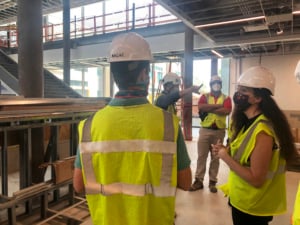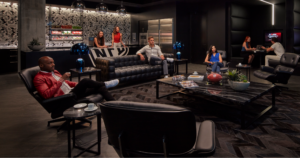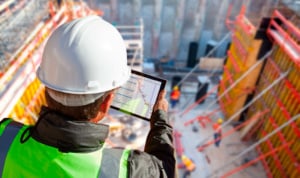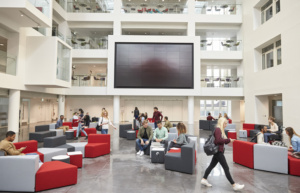Why Jobsite Technology is Important Long Before Boots Hit The Ground
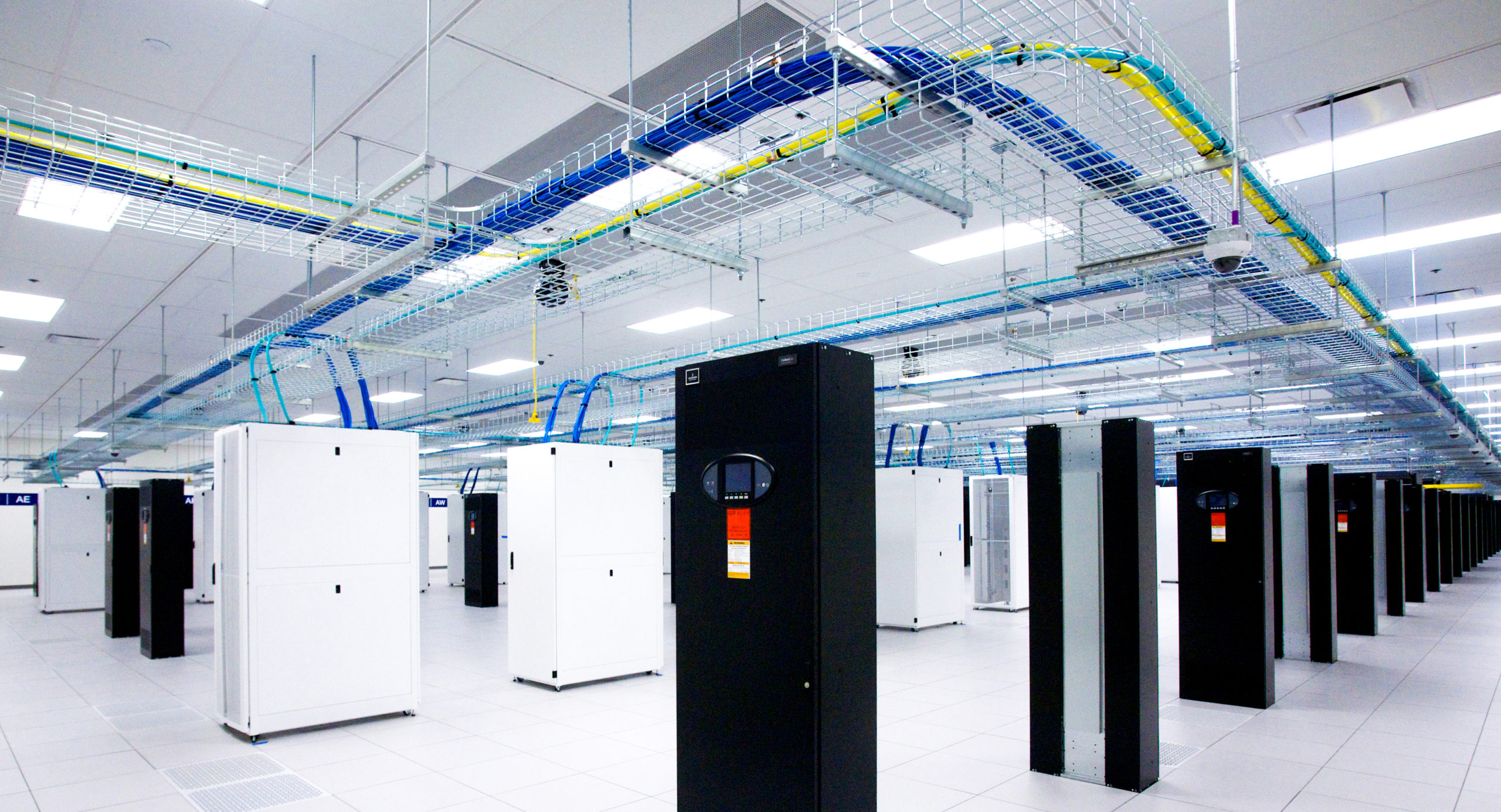
All too often, building technology is a topic to be revisited at a later phase in construction projects. Fifty years ago, laying and raising a building foundation took precedence over its technological needs. Today, the built environment is increasingly intertwined in technology, requiring a much more strategic and proactive focus than ever before. It is essential to prioritize technology solutions long before boots hit the ground. Here are four reasons why:
1. If technology is addressed too late, concessions must be made.
All too often, technology requirements are not even discussed — let alone understood — until much later in the design process. At that point, there are often concessions that must be made, as adequate budget and space have not been allocated for equipment, pathways, and infrastructure support. Anticipating the end user experience and understanding specific use cases during the concept design phase is the best place to start. Technology should be a key project component, with equal importance to electrical and mechanical trades.
If designed incorrectly, a poor technology infrastructure can actually limit the building’s connectivity and flexibility for future renovations and expansions. All aspects of the technology infrastructure design must be carefully considered including pathways, server rooms, telecommunications rooms, MPOE rooms, meet-me rooms, AV infrastructure spaces, security systems and support spaces, conference rooms, meeting rooms, collaboration spaces, and executive support spaces.
2. Technology changes faster than buildings do.
Technology is a wide umbrella with a vast number of things underneath it, ranging from IT to audio-visual to security. With the advent of the Internet of Things (IoT) the number of connected devices in a typical building is increasing with every new build. Advancements in these areas are made daily, so it’s vital to enlist experts who have a strong pulse on emerging technology in the built environment.
Today’s buildings must be constructed for more connection and interactivity than ever before while accommodating future technology. Attention to detail is critical, even for things as seemingly minor as leaving extra room in cabling pathways for potential additions, adding extra USB and USB-C ports for more mobile devices, or ensuring that Wi-Fi networks are capable of accommodating future advancement in wireless technology.
3. Technology is increasingly important to creating a user-friendly space.
Technology has significantly improved the effectiveness and longevity of modern When implemented correctly, technology infrastructure can impact an organization’s business objectives, bottom line, productivity, and culture.
To ensure that everything is correctly set up from the get-go, your technology team must know the right questions to ask, be familiar with the very best technology on the market, and work independently from vendors to ensure impartial solutions for your unique space. Having a strategic technology plan in place makes all the difference in the long run.
4. Traditional workplaces are a thing of the past.
We no longer sit at desks all day to perform our duties. The number of wireless connected devices that each of us carry, which are essential for our job, has increased. Many workers are mobile or remote, and rarely enter an office. Those who do go to an office each day are collaborating more than ever. Each scenario presents a unique challenge to the systems that support modern workspaces, and ultimately, to workplace designers.
When engaging with a technology team early in the process, client collaborations are more effective, allowing for detailed requirements review, better solution recommendations, accurate budgets, and technology requirements are incorporated into the design process. This process ensures there are no surprises and allows us to deliver the greatest value.
Have questions or want to learn more about how our technology solutions team can help contribute to the success of your project? Connect with Alan Mougey on LinkedIn or reach out via the Contact page on mgac.com.


